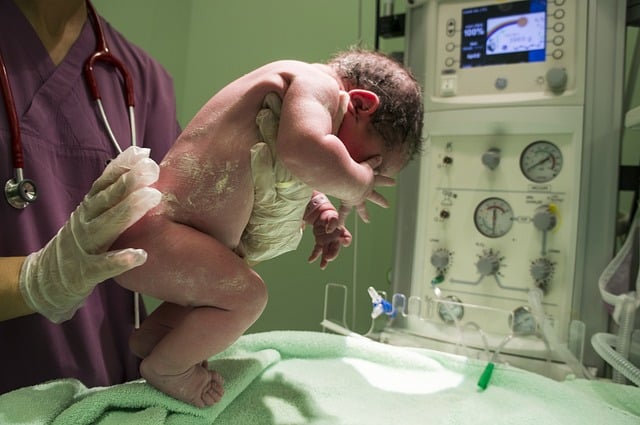
The respiratory rate refers to the number of breaths that a human being or an animal takes in a certain time.
The Latin word frequentia came to Spanish as frequency . This is what the periodic repetition of a fact or action is called. The concept can also refer to the number of times something is repeated in a certain period of time.
Respiratory , on the other hand, is that linked to breathing : the act and result of breathing. This verb (to breathe), meanwhile, refers to what a living being does when it inhales air and, after modifying it inside its body, expels it .
From these ideas, we can define what respiratory rate is. The notion mentions the number of breaths (the process of inhaling and exhaling) that a person or animal takes in a certain period .
Respiratory rate measurement
Respiratory rate is usually measured in breaths per minute . The data thus reflects the number of times an individual takes in and expels air over sixty seconds.
In the case of an adult, the normal respiratory rate is considered to be between 12 and 20 breaths per minute. If the respiratory rate increases and more breaths per minute are recorded, tachypnea occurs. On the other hand, when the respiratory rate decreases and the number of breaths per minute decreases, the phenomenon is called bradypnea .

Respiratory rate varies depending on age.
Normal values
The range of values indicated in the previous paragraph is just one of several that health professionals compiled to use as a reference when measuring a patient's respiratory rate. Let's see below some of the other values considered normal, always expressed in number of breaths per minute:
* newborns : from 28 to 45;
* children : from 20 to 40;
* pre-adolescents : from 20 to 30;
* adolescents : from 16 to 25;
* adults in full moderate exercise : 35 to 45;
* athletes during intense activity : 50 to 60.
It is important to keep in mind that the respiratory rate changes with age and depending on whether the person is at rest or in the middle of physical activity. Measurement of normal respiratory rate is performed with the subject sitting and resting.
Respiratory rate and vital signs
Respiratory frequency is a concept that is part of the set of vital signs , the measurements of those functions of our body that are considered essential for its correct development. In addition to this, health professionals monitor the following three vital signs as part of their routine: body temperature, pulse and blood pressure (the latter is not strictly considered a vital sign, but is usually part of these controls) .
The objective of measuring vital signs varies depending on the case, but generally focuses on monitoring or detecting a health problem. Depending on the experience of the person performing it and the degree of urgency, this task can be carried out both at home and in a doctor's office.
Other considerations
Respiratory rate is also known as respiratory rate and is sometimes increased in the presence of certain medical conditions, such as illness or fever. On the other hand, it is essential to take into account the person's medical history before measuring their respirations, since if they have chronic breathing difficulties the result will never be able to reach normal values, even if they are not going through a particularly negative stage.
In addition to traditional measurement methods, which may consist of observing the movement of the chest with each breath, counting the number of times per minute it falls when exhaling, there is an acoustic sensor that allows monitoring of the respiratory rate at all times. . It is a device that easily adheres to the person's neck and has great flexibility so as not to be invasive or annoying.
